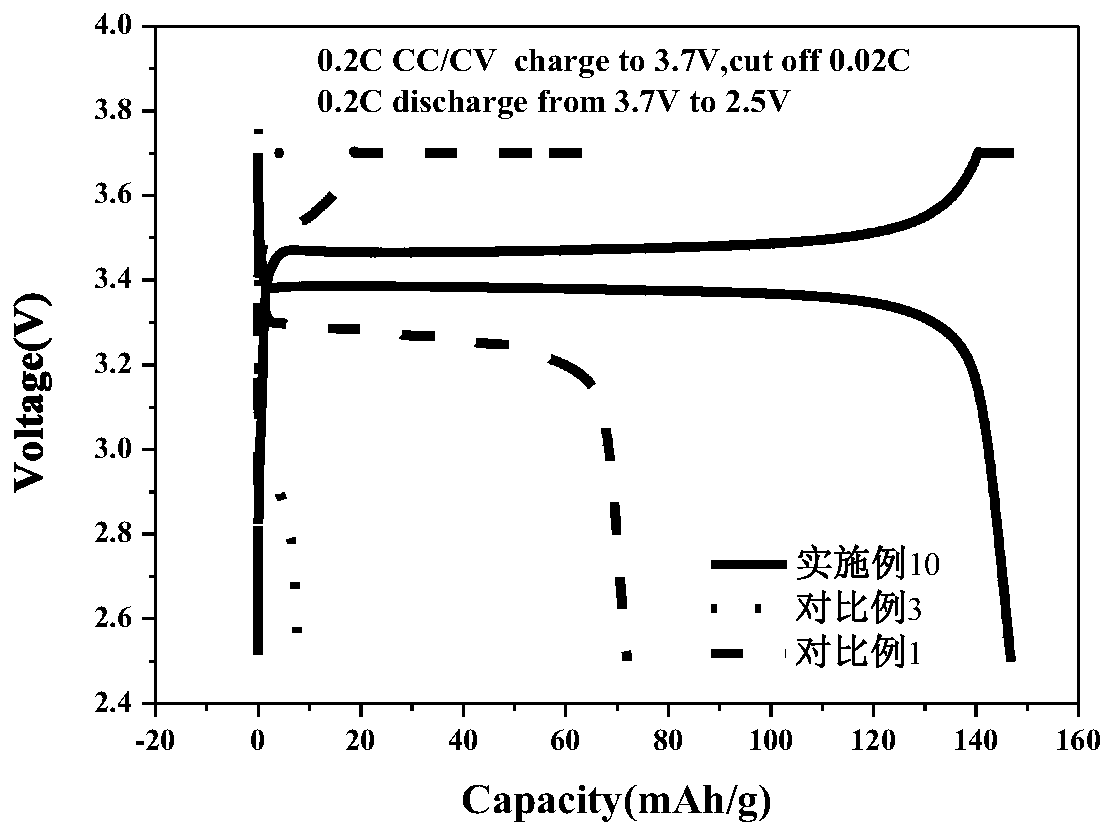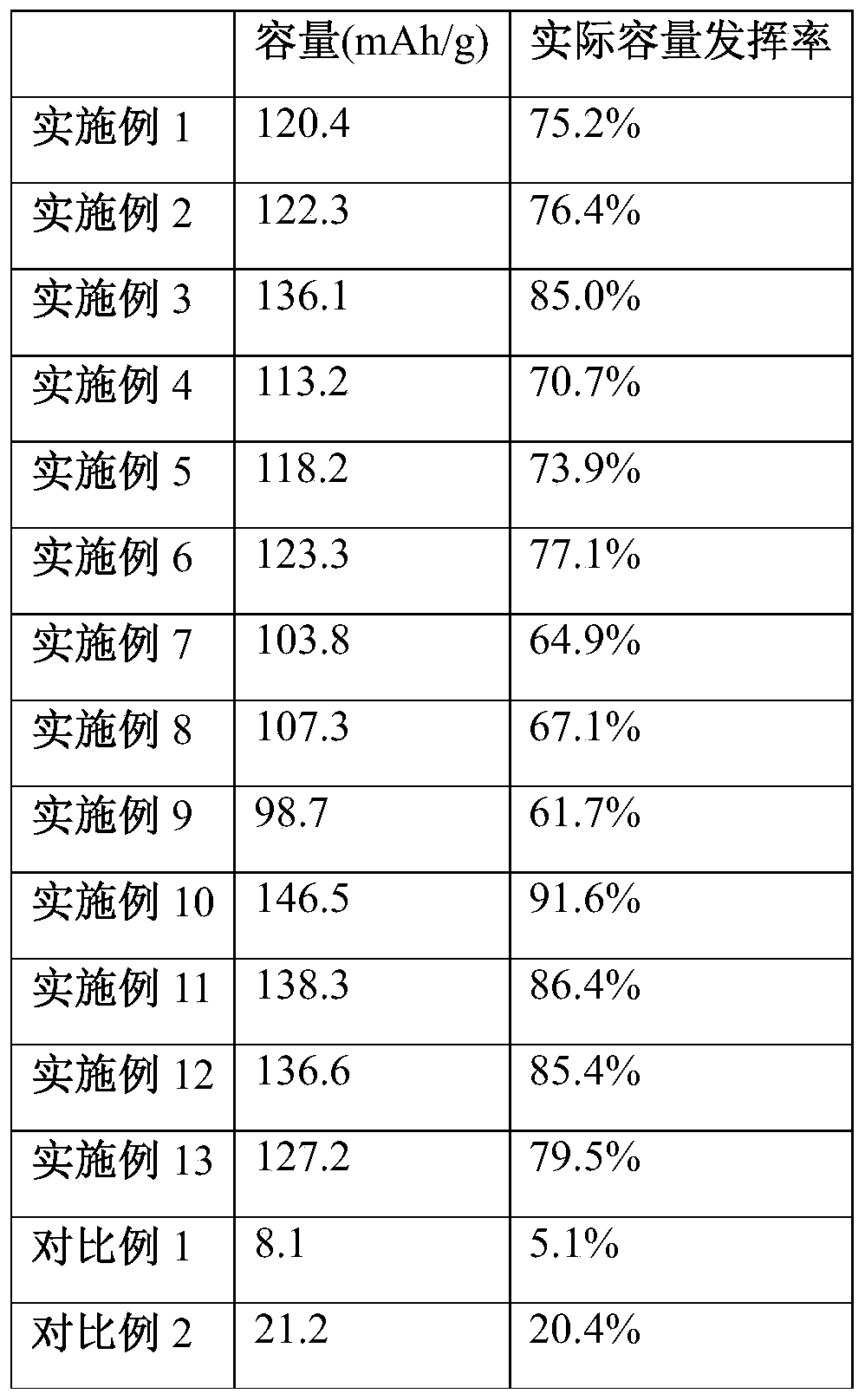Solid-state battery capable of operating at room temperature and preparation method thereof
A technology of solid-state batteries and solid-state electrolyte membranes, which is applied in the manufacture of electrolyte batteries, lithium batteries, secondary batteries, etc., and can solve the problems of difficulty in fully utilizing the actual capacity of solid-state batteries, poor electrode/electrolyte interface compatibility, and thermal management of solid-state batteries. Problems such as high cost, to achieve the effect of suitable for large-scale production, not harsh preparation conditions, and inhibited growth
- Summary
- Abstract
- Description
- Claims
- Application Information
AI Technical Summary
Problems solved by technology
Method used
Image
Examples
Embodiment 1
[0032] Embodiment 1, a preparation method of a solid-state battery capable of operating at room temperature:
[0033] In a dry room (humidity <5%), weigh lithium difluorophosphate and dissolve it in DMSO, the concentration of lithium difluorophosphate is 0.06M, add water remover hexamethyldisilazane 50ppm, stir to form a homogeneous solution, Soak the metal lithium sheet in it at room temperature for 5 minutes, take it out with tweezers, stick off the floating liquid on the surface of the lithium sheet on a dust-free paper, and obtain sample A.
[0034] Take the positive electrode sheet coated with a solid electrolyte membrane, wherein the mass of the solid electrolyte membrane is 0.02g, and after baking in a vacuum oven at 30°C for 20min, the solid electrolyte membrane is in a softened state, and 0.002g of liquid state Propylene carbonate was added dropwise on the solid electrolyte membrane of the positive electrode sheet to obtain sample B.
[0035] Assemble a button-type a...
Embodiment 2
[0037] Embodiment 2, a preparation method of a solid-state battery capable of operating at room temperature:
[0038] Other conditions are identical with embodiment 1, and difference is that soaking time improves to 10min.
[0039] Use Xinwei test equipment to conduct charge and discharge tests on solid-state batteries at room temperature. The test results are shown in Table 1-1.
Embodiment 3
[0040] Embodiment 3, a preparation method of a solid-state battery capable of operating at room temperature:
[0041] Other conditions are identical with embodiment 1, and difference is that soaking time improves to 30min.
[0042] Use Xinwei test equipment to conduct charge and discharge tests on solid-state batteries at room temperature. The test results are shown in Table 1-1.
PUM
 Login to View More
Login to View More Abstract
Description
Claims
Application Information
 Login to View More
Login to View More - Generate Ideas
- Intellectual Property
- Life Sciences
- Materials
- Tech Scout
- Unparalleled Data Quality
- Higher Quality Content
- 60% Fewer Hallucinations
Browse by: Latest US Patents, China's latest patents, Technical Efficacy Thesaurus, Application Domain, Technology Topic, Popular Technical Reports.
© 2025 PatSnap. All rights reserved.Legal|Privacy policy|Modern Slavery Act Transparency Statement|Sitemap|About US| Contact US: help@patsnap.com



